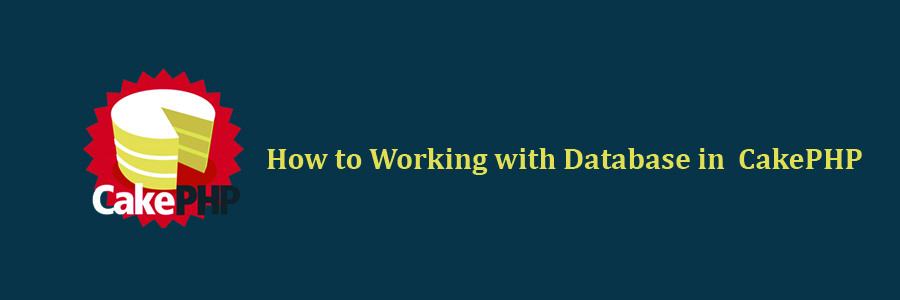PHP (recursive acronym for PHP: Hypertext Preprocessor) is an open source, popular general-purpose scripting language that is widely-used and best suited for developing websites and web-based applications. It is a server-side scripting language that can be embedded in HTML. By default Ubuntu 16.04 (Xenial) now comes with PHP 7.0. You can install PHP 5.6 in parallel and switch between them using the following instructions.
This article assumes you have at least basic knowledge of linux, know how to use the shell, and most importantly, you host your site on your own VPS. The installation is quite simple and assumes you are running in the root account, if not you may need to add ‘sudo’ to the commands to get root privileges. I will show you through the step by step installation PHP 5.6 on a Ubuntu 16.04 (Xenial Xerus) server.
Install PHP 5.6 on Ubuntu 16.04 LTS
Step 1. First make sure that all your system packages are up-to-date
sudo apt-get update sudo apt-get upgrade
Step 2. Installing PHP 5.6 on Ubuntu 16.04.
Use the following set of commands to enable PPA for PHP 5.6 in your Ubuntu system and install PHP 5.6:
sudo apt-get install -y software-properties-common sudo add-apt-repository ppa:ondrej/php
Now, install PHP 5.6using the apt command:
apt-get install -y php5.6
Verify the PHP version using the following command:
php -V
Result:
PHP 5.6.32-1+ubuntu16.04.1+deb.sury.org+1 (cli) Copyright (c) 1997-2016 The PHP Group Zend Engine v2.6.0, Copyright (c) 1998-2016 Zend Technologies with Zend OPcache v7.0.6-dev, Copyright (c) 1999-2016, by Zend Technologies
Congratulation’s! You have successfully installed PHP 5. Thanks for using this tutorial for installing latest stable version of PHP 5.6 on Ubuntu 16.04 LTS (Xenial Xerus) system. For additional help or useful information, we recommend you to check the official PHP web site.








